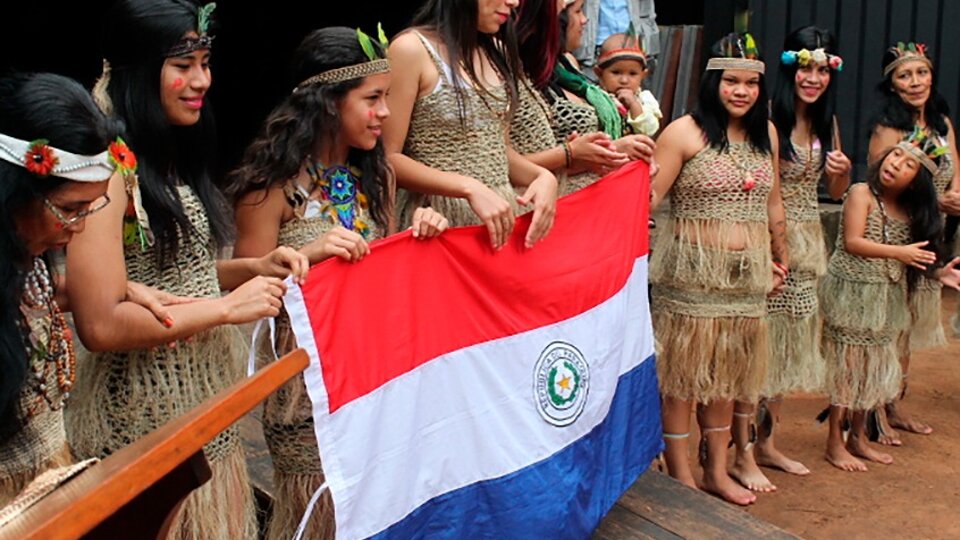
[ad_1]
The “Guarani Language Day”, a national date from the neighboring country of Paraguay, It is celebrated every August 25 in memory of the promulgation of the National Constitution of 1967, in which Guaraní was declared the national language.
Paraguay is an officially bilingual country and its laws require that the use of the Guarani language be as important as Spanish. It is a language of the Tupi-Guaraní family spoken by approximately 6.5 million inhabitants of the southern cone of America, including speakers of Guaraní, as well as those who use as a second language
It is an American language that currently recognizes speakers in seven South American countries, shared by the indigenous people of Brazil, Bolivia, Peru, Colombia, Venezuela, Paraguay and Argentina, the latter two being the only ones where it is shared by the natives and the Creoles. In other countries, it is limited to indigenous populations.
In Argentina, the provinces of Corrientes, Misiones and Formosa have Creole populations who usually use this language, as a result of which the government of the province of Corrientes declared it the official language of the province.
What defines its presence in South America is the fact that it is the language of the non-indigenous national majority of Paraguay, while it is also spoken by six indigenous groups belonging to the Guarani linguistic family. This country is the capital of the language and is considered its most important guardian.
Types of Guarani
Three main variants of the Guarani language can be differentiated, not fully intelligible between them: missionary or Jesuit, tribal Guarani spoken by the Guaranis, and modern Guarani / Creole, the latter currently the most widely spoken, in its Paraguayan version.
The Guarani missionary (Jesuit) it was spoken in the area and at the time of the influence of the Jesuit missions, between 1632 and 1767. This variety had completely disappeared around 1870, but it left important written documents.
The tribal guarani: covers the dialects spoken by five or six ethnic groups settled in Paraguayan territory. It is also known as “guaraní-ete”, as well as “pure or closed guaraní”, and is mainly used by the indigenous Guarani tribes.
The Guarani Creole: It includes its modern variants, such as Paraguayan Guaraní and Corrientes Guaraní (both sub-varieties belonging to the variety known as “Creole Guaraní”, which has its origins in the Cario-Guaraní tribe of the 16th century) , they have wide use among Métis populations, and non-natives themselves. This variant has a slight influence from Castilian Spanish, unlike tribal Guarani, which is a “purer” Guarani.
The influence of the Guarani language
In Misiones, no less than 11 municipalities have a name in Guarani: Caa yari, Capioví, Caraguatay, Cerro Corá, Garuhapé, Garupá, Itacaruaré, Oberá, Panambí, Iguazú and Puerto Piray.
On the other hand, there are many waterfalls, hills and natural parks that are named in Guarani, for example Teyú Cuaré Provincial Park, Tabay Falls, Mbororé Hill in Panambí, Salto and Cuña Pirú Valley, between others.
The animals of Misiones and the native flora are also honored with names in Guarani such as Ñandú, Coatí, Yacaré, Yaguareté, Mbariguí or mono carayá.
On the other hand, some names in Guarani are Itati, Anahí, Arami, Irupé, Yerutí, Iracema among many others.
.
[ad_2]
Source link
 Naaju Breaking News, Live Updates, Latest Headlines, Viral News, Top Stories, Trending Topics, Videos
Naaju Breaking News, Live Updates, Latest Headlines, Viral News, Top Stories, Trending Topics, Videos